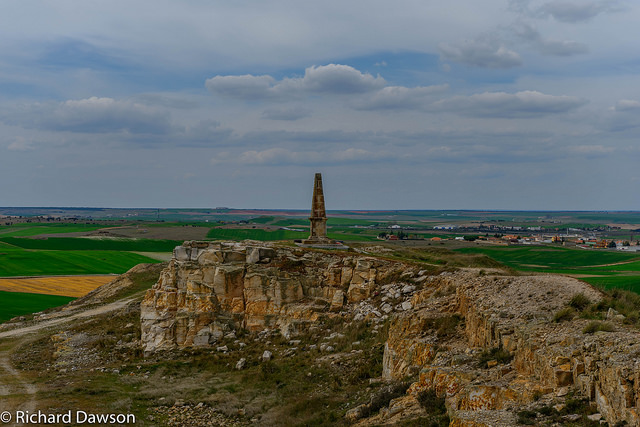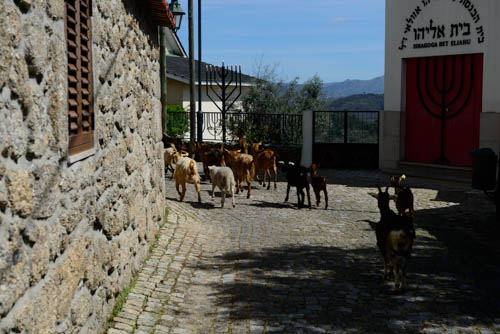Fuentes d’Onoro, May 1811
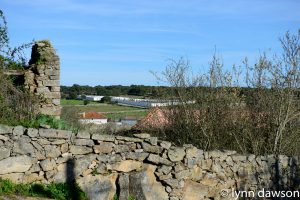
Wellington had initially taken up a reasonably strong position on the line of the Dos Casas, a tributary of the Agueda River. Although the stream itself was insignificant, the section in front of the Allied left ran through a significant ravine that would effectively prevent any French attack on this part of Wellington’s troops. His right was not as strong. As the Dos Casas climbed into the hills the valley was less pronounced and provided less protection. The British position ended at the village of Fuentes de Oñoro, which climbed up from the river to the top of the ridge, and was itself a very defensible position. To the south, however the ravine disappeared and it would be very possible for the French to outflank the British.
With his troops in preliminary positions, Wellington summoned the three light division commanders.
“They’re on their way,” he said without preliminaries. “Marching down from Ciudad Rodrigo. We’ll see where he places them and then look at our positions.”
“If we get time,” Paul said.
His commander eyed him with a forbidding expression. “Have you something useful to say, Colonel van Daan or are you just making sure we all know that your new command is not going to stop you questioning my orders any time you feel like it?”
“Not questioning, sir, more of a comment. You already know we could have done with a bit more time, but we’ll manage. Where do you want us?”
Wellington studied him and then gave a small grim smile. “Out on the road initially, give them a hard time as they approach. I’m sending out four cavalry regiments as well. No major engagements and don’t take any risks, I will need your men intact for this battle, we’re short enough as it is. Have you heard me, Colonel van Daan?”
“Loud and clear, sir. Getting better at it all the time.”
Wellington shook his head. “I can’t wait until Craufurd gets back, he approved this but that’s because he’s forgotten what you’re like. You’re going to give him a seizure.”
“No, he’s easily as tough as you, sir, and I haven’t given you one yet.” Paul glanced at Drummond. “How do you want to do this, George?”
Drummond looked at him and smiled slightly. “Was that an attempt at tact, Paul? Why don’t Beckwith and I take the north side and you bring up the south with the cavalry, the ground on that side will suit them better. We’ll meet back before Fuentes once they’ve made camp.”
Paul nodded. “Sounds good. Sir, we could do with some fast riders to keep us in touch with each other. I can use some of my ensigns but frankly they’d be more use with their men…”
“I’ll get Julian Sanchez to lend you some of his horsemen they know the countryside.” Wellington eyed the three men. “I thought Craufurd would be here in time for this. And he still might make it, he must be very close. Which is why I haven’t appointed a temporary commander.”
There was a brief silence which extended and became difficult. Still nobody spoke. Paul took a deep breath. “I’m glad you shared that, sir, because I’ve been thinking you’d done that just to make my introduction to commanding a brigade more interesting.”
Beckwith gave a splutter of laughter, and Paul glanced at Drummond and saw that he was smiling too. He turned his gaze back to Wellington and for the first time during the briefing there was genuine amusement in the blue grey eyes.
“Colonel there are four of us here and not one of us is in any doubt that if something gets difficult out there you are going to start yelling orders without any thought for rank or protocol. I first saw you do it aged twenty-two at the battle of Assaye when you bullied poor Colonel Maxwell into going into battle ahead of orders and you had been promoted to captain at that point for approximately twenty-four hours. If that happens I trust Colonel Drummond and Colonel Beckwith to have the experience and common sense to judge for themselves whether to join you, ignore you or punch you, and they have my express permission to do any of those three. Get out of here and keep me informed.” From “An Uncommon Campaign’ by Lynn Bryant (Book Three of the Peninsular War Saga)
[slickr-flickr search=”single” photo_id=”37522516982″ type=”slideshow” size=”large”descriptions=”on”]
The battle of Fuentes De Onoro took place at the beginning of May 1811. After the retreat from Talavera in 1809 and then the successful battle of Bussaco in 1810, Wellington had kept most of his army behind the lines of Torres Vedras and used the time to train and recruit and recover from the mixed fortunes of the Spanish campaign. The exception was the light division under the brilliant but irascible General Robert Craufurd, who spent the time guarding the border, constantly engaging the enemy in skirmishing, holding the line with men who were fast becoming the acknowledged elite of Wellington’s army.
Marshal Massena, unable to breach the formidable Anglo-Portuguese defences and unwilling to risk too many of his men trying, held on desperately in lands scorched and left bare by the retreating British. By early 1811 it was clear that he could hold out no longer. His army was starving and exhausted and the reinforcements he had asked for were nowhere in sight. It was time to retreat.
Initially, Massena hoped to make for the Mondego valley which had escaped Wellington’s scorched earth policy and where food might be found for his starving men. But the Anglo-Portuguese army were in hot pursuit and no way could be found across the river in time. Fighting a skilful and desperate rearguard action, Massena retreated back to the Spanish border.
[slickr-flickr search=”single” photo_id=”35004628094″ type=”slideshow” size=”large”descriptions=”on”]There were several great fortress towns along the Spanish-Portuguese border and in order to plan and execute an invasion of Spain safely, Wellington knew he needed to take possession of all of them. The most formidable on the Portuguese side was at Almeida, and it was the last stronghold in Portugal held by the French. Wellington besieged the city and Massena, his army finally fed and beginning to recover, marched to relieve it. Having surveyed the ground, Wellington chose to take up a position along a line running through the little Spanish village of Fuentes D’Onoro.
Supplies were crucial in this stage of the conflict. The French would have limited access to supplies whereas Wellington was well supplied and could hold out longer. He had the choice of leaving his line of retreat exposed in order to cover all routes to Almeida or of covering his retreat, which was usually his preferred option but giving the French a possible way through.
Fuentes D’Onoro was a cluster of buildings on a slope with narrow cobbled streets and walled gardens. It was well known to the men of Craufurd’s light division who had often been quartered there during their time on the border. Many of the villagers were known personally to them. With the people evacuated to a refugee camp, the British took up their positions. The Anglo-Portuguese army had 34,000 infantry, 1,850 cavalry, and 48 guns, while the French had 42,000 infantry, 4,500 cavalry, and 38 guns. Massena had asked for reinforcements from Bessieres in the north, and Bessieres had come himself but with so few men that the reinforcements were pointless. Wellington commanded six infantry divisions, Charles Ashworth’s independent Portuguese brigade, and three cavalry brigades along with some artillery.
On 3 May, Masséna launched a frontal assault against the British-Portuguese pickets holding the barricaded village, while bombarding the British-Portuguese on the heights east of the village with heavy artillery. The battle in the centre of the village went on throughout the day, with French soldiers of Ferey’s and Marchand’s divisions clashing with the British 1st and 3rd Divisions.
At first, the British-Portuguese were driven back under immense pressure, but a charge that included men of the 71st Highland Light Infantry reclaimed the streets and buildings lost earlier in the day. As the sun went down, the French withdrew and the village remained in British hands, with the former suffering 650 casualties against only 250 for the British.
Both sides spent 4 May recovering their dead and wounded from the streets of the village. An informal truce was held and men from the two armies met across the Dos Casas brook to exchange food and tobacco and play card games. When officers intervened, the French organised a series of intimidating parades to impress their enemy. The English played football.
Meanwhile, French reconnaissance had discovered Wellington’s weakness. [slickr-flickr search=”single” photo_id=”35004637284″ type=”slideshow” size=”large”descriptions=”on”]His right flank was weakly held by a unit of Spanish partisans near the hamlet of Poco Velho. The French attacked at dawn on 5 May, concentrating on Wellington’s right flank where the Spanish crumbled. Allied cavalry held their positions with great courage but the 7th Division was left exposed. Masséna launched a heavy attack on the weak British-Portuguese flank, led by Montbrun’s dragoons and supported by the infantry divisions of Marchand, Mermet, and Solignac. Two 7th Division battalions were badly mauled by French light cavalry and Wellington needed to send reinforcements to save the 7th Division from annihilation. Defeat looked possible, but Wellington had reserves in place and he sent in Robert Craufurd’s light division along with British and German cavalry.
On the threatened British-Portuguese right flank, the elite Light Division, well supported by cavalry and artillery, made a textbook fighting withdrawal. With very few casualties, they covered the retreat of the 7th Division and fell back into a stronger position selected by Wellington. During the retreat, whenever French artillery ventured too close, the British cavalry charged or feinted a charge. This allowed the infantry time to retreat out of range. If the French horsemen pressed the outnumbered British cavalry back, the British-Portuguese infantry formed squares and, their volleys drove off the French.
It was an extraordinary display of military discipline and precision and a tribute to the genius of Robert Craufurd, who for all his reputation of a rude, over-sensitive disciplinarian who was disliked by many of his officers, could do anything with his enlisted men, who would follow him to hell and back for a word of approval. The skill of the light division and the courage of the highly outnumbered Allied cavalry saved Wellington, who had undoubtedly made mistakes that day, from what might have been a defeat, and brought instead a victory.
[slickr-flickr search=”single” photo_id=”33808691611″ type=”slideshow” size=”large”descriptions=”on”]Masséna’s main aim was still to secure Fuentes de Oñoro. He sent forward massed columns of infantry from Ferey’s division. The village, filled with low stone walls, provided excellent cover for the British line infantry and skirmishers, while the French were severely restricted in the little narrow streets. At first, the French had some success, wiping out two companies of the 79th Highland Regiment and killing the regiment’s commander, Lieutenant-Colonel Philips Cameron. But a counterattack chased Ferey’s men out of the town.
[slickr-flickr search=”single” photo_id=”33808693161″ type=”slideshow” size=”large”descriptions=”on”] launched a second attack on the town. This time, it was led by three battalions of grenadiers. Again, the British fell back as Drouet threw in about half of the battalions from both Conroux and Claparède’s divisions, managing to take almost the entire town.
In response, Wellington counterattacked with units from the 1st and 3rd Divisions, plus the Portuguese 6th Caçadores and led by the 88th Connaught Rangers. This broke Drouet’s attack, and the tide began to turn. Low on ammunition, the French had to resort to the bayonet in a futile attempt to drive the British back. One party of 100 grenadiers was trapped in a tight spot and killed. Facing lethal volleys, the French retreated back to the Dos Casas, leaving their casualties behind. By sunset, French morale had plummeted and many companies were down to 40% strength.
The French artillery tried to bombard the new British line into submission, but for once they were outgunned by Wellington’s cannons. Finally, with their ammunition dangerously low, the French attacks came to an end. Wellington’s men entrenched during the evening. After spending the next three days parading before the British position, Masséna gave up the attempt and retreated to Ciudad Rodrigo, furious with his subordinates whose refusal to obey orders at crucial moments had turned a potential victory into a defeat which would spell the end of his command in the Peninsula.
The battle of Fuentes d’Onoro was not claimed by Wellington as one of his great victories. He had beaten back the French and was able to continue his blockade of Almeida. However, he acknowledged how dangerous the situation had been, saying later, “If Boney had been there, we should have been beat.” Wellington considered that he had unnecessarily extended his line, putting the 7th Division and Light Division in danger.
Two nights after Masséna’s withdrawal, Antoine Brenier’s 1,400-man French garrison of Almeida slipped through the British-Portuguese lines during the night. About 360 French troops were captured, but the rest escaped through a series of blunders. An infuriated Wellington wrote, “I have never been so much distressed by any military event as by the escape of even a man of them.”
On reaching Ciudad Rodrigo, Masséna was recalled to Paris by a furious Napoleon to explain his actions. He was replaced by Marshal Auguste Marmont. Masséna returned to France with a vast sum of gold, looted from Portugal and Spain. The defeated French marshal complained that Wellington “had not left him one black hair on his body—he had turned grey all over.” Later, meeting in France after the war, Wellington and Massena met as former adversaries and got on very well. On discussing their final campaign against one another, Massena said:
My Lord, you owe me a dinner – for you made me positively starve.” Wellington laughed. “You should give it to me, Marshal, for you prevented me from sleeping.”
We visited Fuentes d’Onoro earlier this year. Despite being surrounded by modern roads it is surprisingly easy to see the layout of the very extended battlefield. The third book of the Peninsular War saga, “An Uncommon Campaign” is centred around the battle, and in particular the Light Division part in it, since by now Paul van Daan’s 110th are fighting as part of Wellington’s elite division. The first four books in the Peninsular War Saga are available in both Kindle and paperback editions on Amazon.
[slickr-flickr search=”single” photo_id=”36883697973″ type=”slideshow” size=”large”descriptions=”on”]
[slickr-flickr search=”single” photo_id=”36884425503″ type=”slideshow” size=”large”descriptions=”on”]
[slickr-flickr search=”single” photo_id=”23702051908″ type=”slideshow” size=”large”descriptions=”on”]
For regular updates and articles on history, travel, writing and life why not join the mailing list here

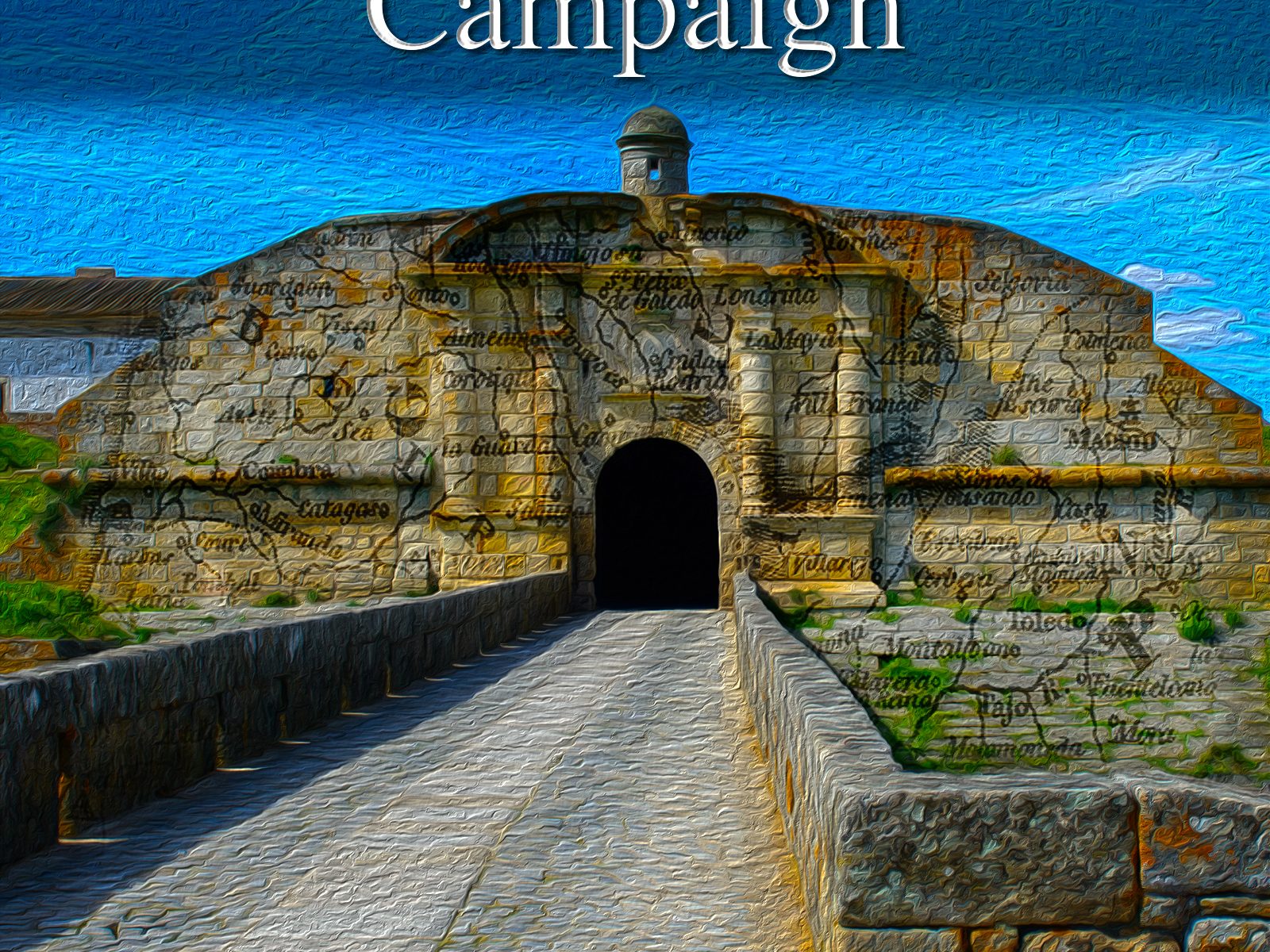
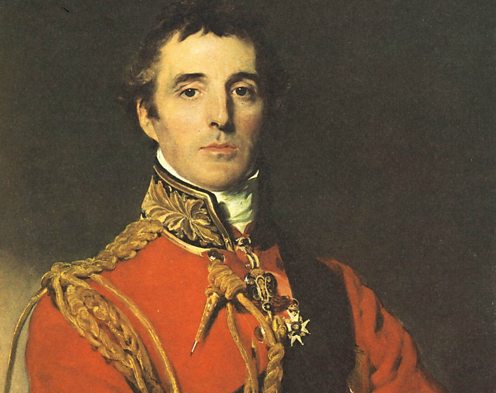
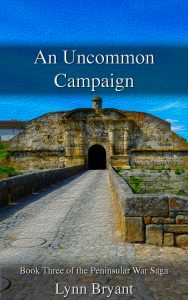
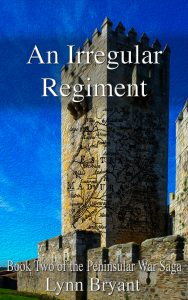

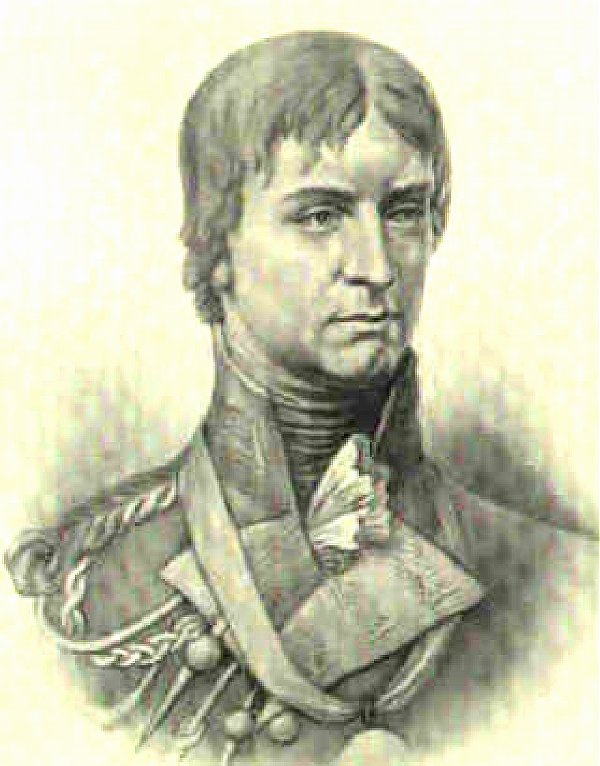
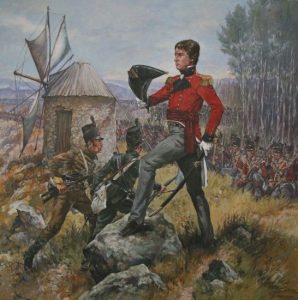 way and other than Lord Wellington, one of my absolute favourites has to be General Robert Craufurd, known to the army as Black Bob, the irascible genius who commanded the Light Division, the elite troops of Wellington’s army.
way and other than Lord Wellington, one of my absolute favourites has to be General Robert Craufurd, known to the army as Black Bob, the irascible genius who commanded the Light Division, the elite troops of Wellington’s army.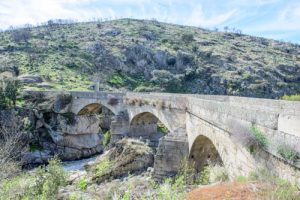
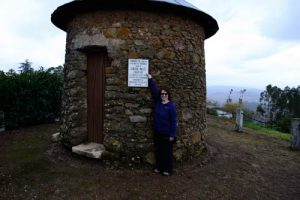
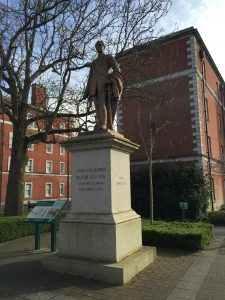
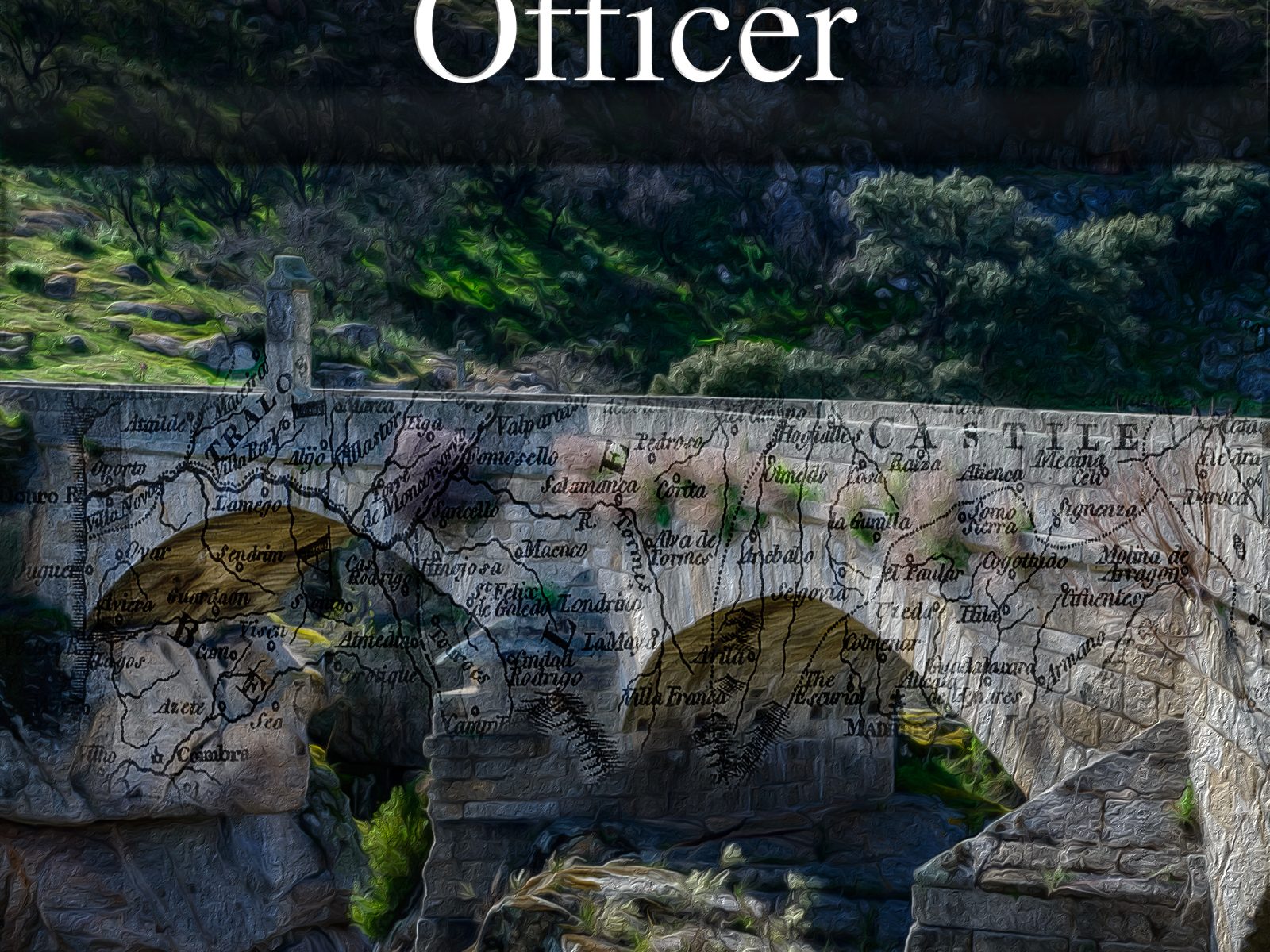
 The British Army drew many of its raw recruits from the lowest classes of Britain. Since army life was known to be harsh and poorly paid it attracted mainly those for whom civilian life was worse. The Duke of Wellington’s famous quote describes them as “the scum of the earth” and claimed that many of the men “enlist from having got bastard children – some for minor offences – some for drink”. But there were other reasons.
The British Army drew many of its raw recruits from the lowest classes of Britain. Since army life was known to be harsh and poorly paid it attracted mainly those for whom civilian life was worse. The Duke of Wellington’s famous quote describes them as “the scum of the earth” and claimed that many of the men “enlist from having got bastard children – some for minor offences – some for drink”. But there were other reasons.
